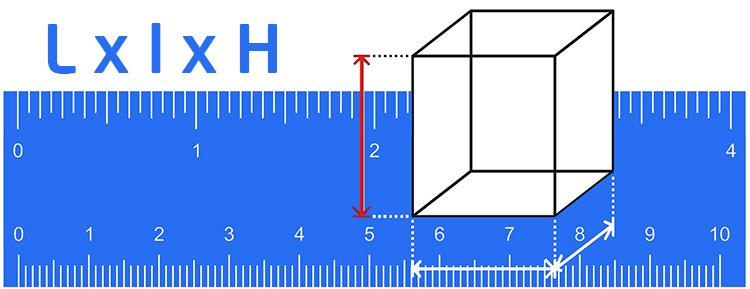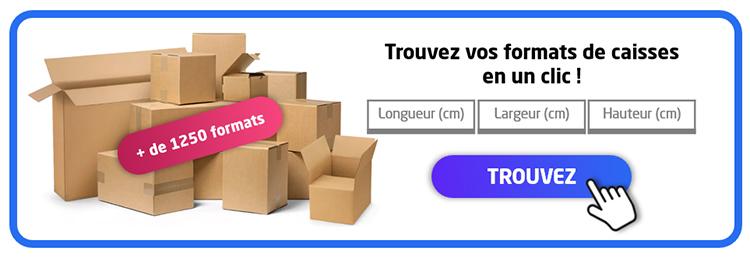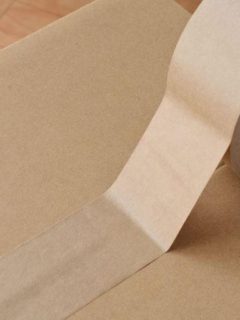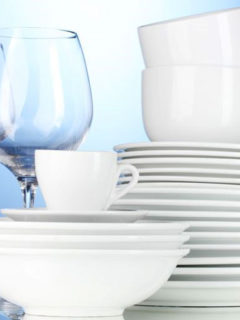0201, 0300, 0340 – sound familiar? Or do you think 0712 and 0713 sound suspiciously like ‘007’? No, these numbers are not code names for the latest James Bond movie. Nor is ‘FEFCO’ an abbreviation for a secret language. It has to do with cardboard boxes. FEFCO codes bring order and structure to the vast and sometimes confusing crate market. How exactly do these FEFCO codes work? Read on and discover all its secrets.
1. What does FEFCO mean?
FEFCO stands for European Federation of Corrugated Board Manufacturers. Based in Brussels, this non-profit organisation deals with all matters relating to the manufacture of cardboard packaging. One of its many achievements is the development and updating of the FEFCO codes. This international coding system allows you to quickly find the right box. What exactly does this mean for you? We will explain it in detail in a moment.

90 million tonnes - that's the total amount of paper and board produced by European manufacturers in 2021. Almost half of this was used to make packaging materials, such as crates. For almost every product on the market there is a crate to optimally package it. This means that you can choose from several hundred different crate sizes. Without cardboard, our lives would probably be much less exciting.
2. What are FEFCO codes?
The design possibilities for cardboard boxes and packaging are as diverse as the cardboard itself. Anyone who has ever assembled a box will have noticed the number of perforations and folds. Although this makes sense, it makes communication between users, retailers and manufacturers very difficult. This is why FEFCO decided in the 1960s to standardise the designations of cardboard boxes. These FEFCO codes are now used internationally. Thanks to the FEFCO code, everyone speaks the same “language” and misunderstandings about size, shape or design are largely avoided.
FEFCO has also standardised the technical drawings of folding boxes. This means that it is immediately clear whether folding in or out, cutting, folding or gluing is required. And always with a clear objective in mind: ” FEFCO wants to replace cumbersome definitions of corrugated boxes and packaging with simple, internationally recognised and universally understood symbols, regardless of language or other barriers.”
3. How is a FEFCO code composed?
The FEFCO code is used to divide all solid and corrugated cases into different basic types. A FEFCO code consists of four digits. For example, 0201 is the code for a classic folding box made of corrugated cardboard (one of the most common variants in Belgium). The code includes information not only about the shape, but also about the way the box can be closed. For example, variant 0712 is a box with flaps while variant 0713 is a box with a lid.

The four-digit basic code can be supplemented by up to four additional digits. These additional digits then indicate a different version of the basic model. For example, code 0229.1 was added in 2022. This last “1” indicates a new variant of the basic model 0229.
The two digits at the beginning of the code always indicate the basic type of the body. The FEFCO catalogue is divided into nine basic types:
| Basic model | Features |
01 – Roller and plate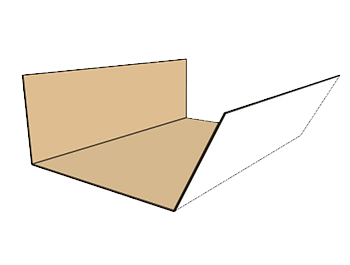 |
. – Made from long rolls of corrugated cardboard. – Starting shape for all other shapes in the FEFCO catalogue. – Example: accordion or interleaf sheet. |
02 – Flap box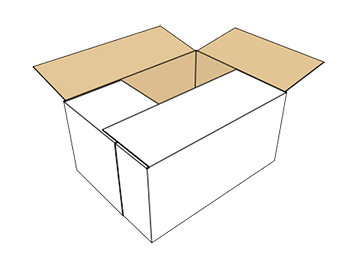 |
. – Made from a single piece of corrugated cardboard. – The ends are fixed together with glue or staples. – To be closed via the flaps. – Always delivered flat to save storage space. – Example: folding box made of double corrugated cardboard. |
03 – Telescopic box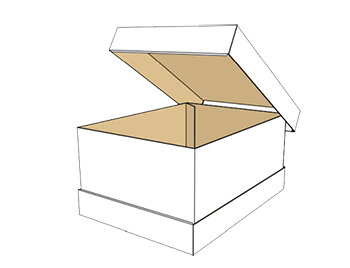 |
. – Consists of at least two parts. – The two parts can be assembled separately and must be placed on top of each other after filling the box. – Example: telescopic box. |
04 – Envelope and tray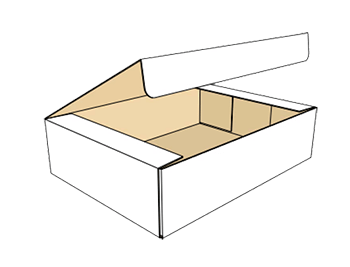 |
. – Manufactured in one piece. – To close the box, simply use the slots or flaps on the sides, without the need for glue or staples. – Example: brown post box. |
05 – Sliding box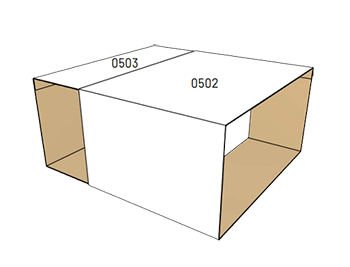 |
. – Consists of several sleeves that slide into each other (possibly in different directions). – Glued or stapled during production. – Example: slipcase with foam padding. |
06 – Rigid box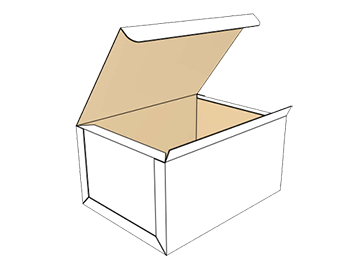 |
. – Consists of several individual parts that are assembled during the production process. – The fixed construction guarantees particularly high stability. |
07 – Glued box ready for use 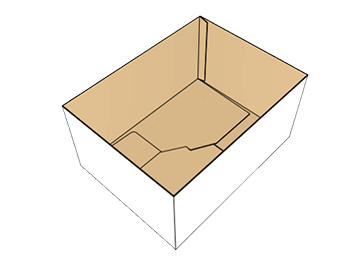 |
. – Manufactured in one piece. – Set up in seconds: ideal for quick assembly of packages. – Example: automatic bottom box. |
08 – Retail and e-commerce 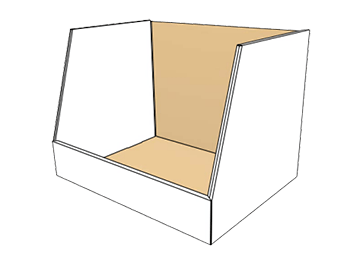 |
. – Offers typical formats and styles used for displays in shops or for storage and shipping in online shops. – Example: cardboard tray. |
09 – Internal packaging 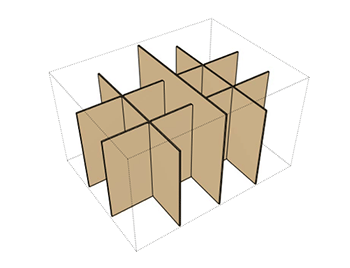 |
. – Bottoms and dividers. – Used to protect packaged goods: the contents cannot slip or be crushed. – Example: crate for bottles with dividers. |
4. Standardised dimensions for packaging
The dimensions of a crate always consist of length, width and height. With an almost infinite range of crate sizes, it is not always clear which number indicates length, width or height. Good news for you: all this is standardised in a fixed order. And that order is as follows: L x W x H.
- Length (L) = the longest side of the open box.
- Width (W) = the shorter side of the open box.
- Height (H) = the inside distance between the bottom of the box and the opening.
By default, the inside size of a box is chosen. The unit of measurement for the dimensions is also uniform. It is indicated in millimetres. This ensures that measurement errors are kept to a minimum. In exceptional cases, however, the dimensions of the box can be given in inches (= 2.54 cm) or in cm (= 0.393701 inches).
5. Inside or outside dimensions of a box?
What is the best way to indicate the dimensions of a carton? Should you refer to the internal or external dimensions of the box? The difference between these two formats can vary considerably depending on the quality of the carton (single, double or triple flute). Here are some practical tips.
-
The inside size is the standard designation for the dimensions of the crates. This allows you to perfectly determine the size of the items to be packed. It is important to choose a crate that is a few millimetres larger than the dimensions of the goods to be packed. This is partly because the crates may have production-related deviations (e.g. thickness of the cardboard) and partly because it makes it easier to insert and remove the goods. For particularly sensitive products, cushioning material may also be required to optimally protect the contents.
-
The external size of a crate is important when you need to correctly estimate the space available in your warehouse or in a truck. This is the case, for example, when stacking crates on a pallet. The outer size is calculated by measuring the dimensions of the sides of the closed box and adding a tolerance of 5 mm.
6. How is a custom box created?
Do you usually pack a specific product? If so, a custom crate could be the ideal solution to save on packaging material. The more the crate fits your product, the less cushioning is needed inside. The slight extra cost of a custom-made crate will therefore be more than compensated by the other packaging costs. It all starts with the development of a digital design for such a custom crate. Once this design has been approved by the customer, the necessary cutting tools are ordered for production and – if printing is required – the corresponding printing plates.
In production, the different layers of corrugated board are assembled and glued, then cut and printed. There are different options for printing this board, depending on what is required. Offset printing is particularly suitable for gift boxes and displays. The design is printed on a carrier film and then applied to the corrugated board.
In screen printing, the corresponding image is applied directly to the surface to be designed using stencils. Due to the slightly longer production time, this method is mainly recommended for the design of small quantities. Flexography is the third option and the most commonly used printing method for corrugated products. It is often used, for example, to apply logos directly to the packaging.











